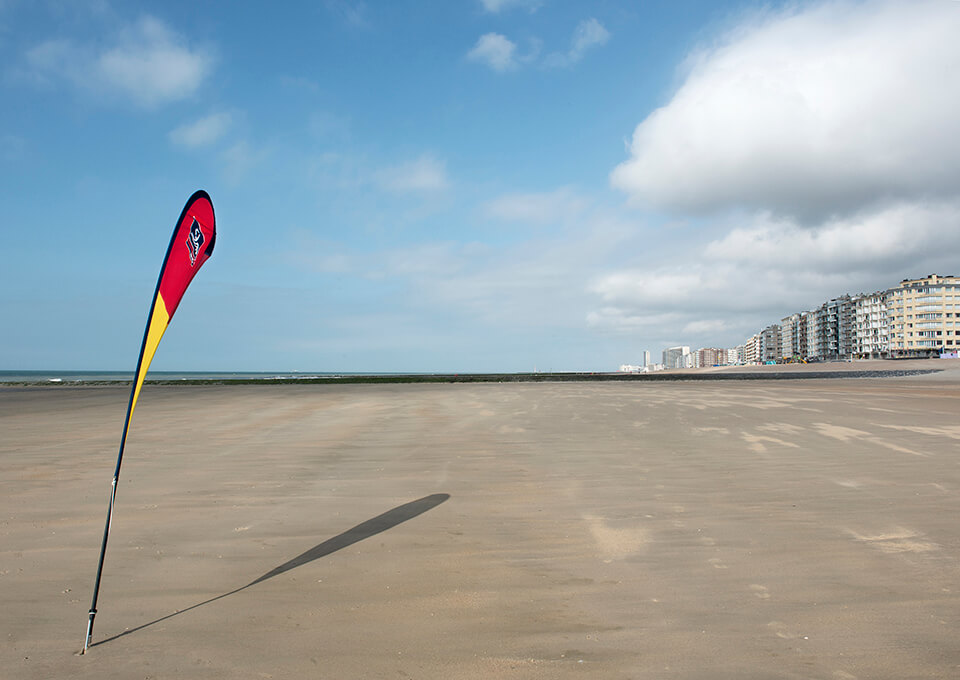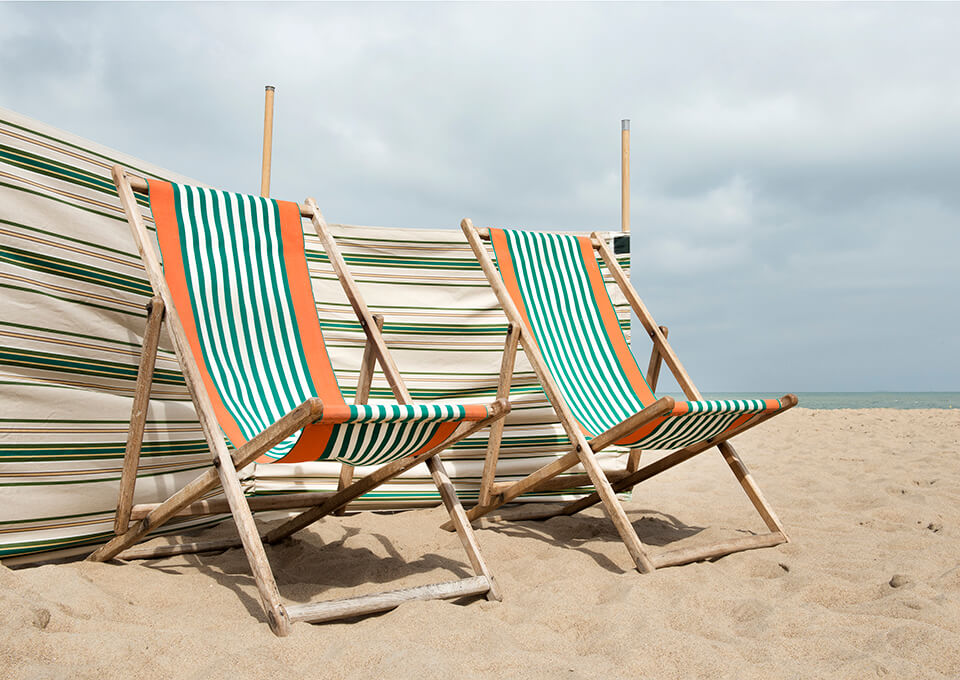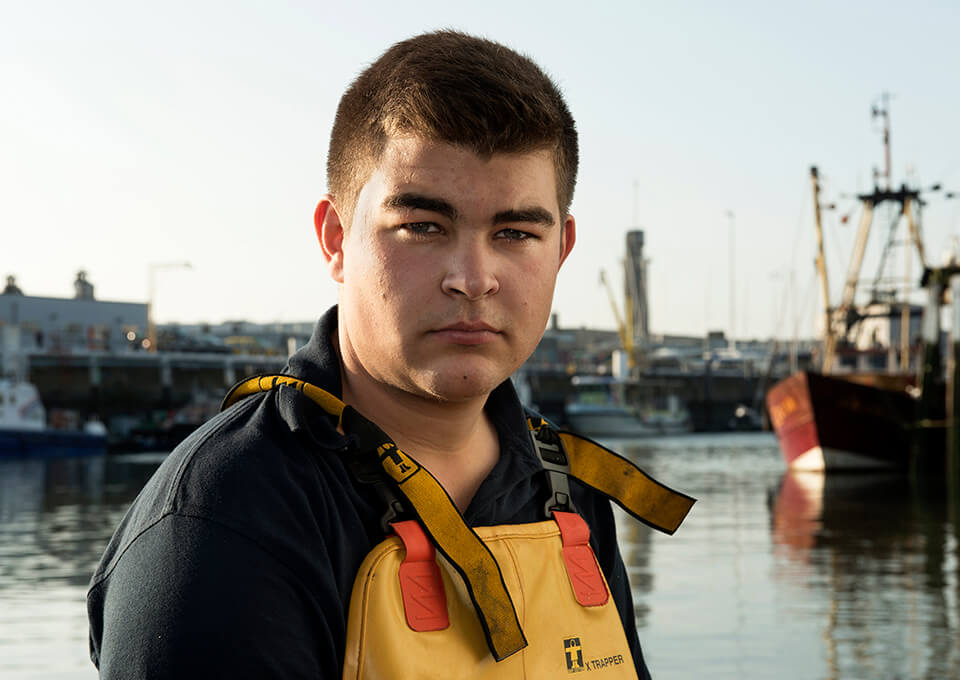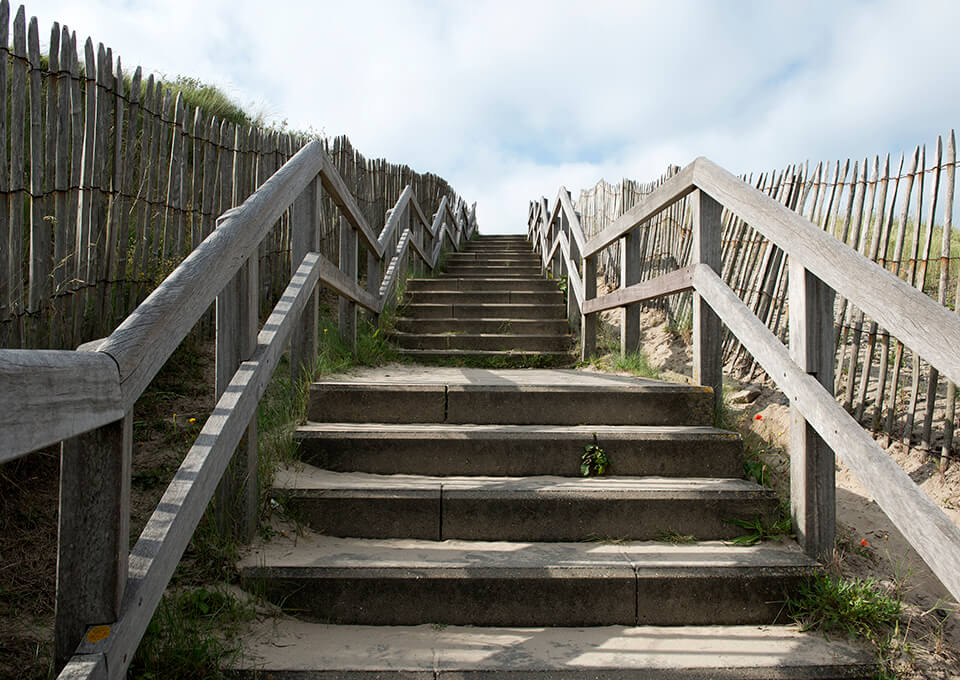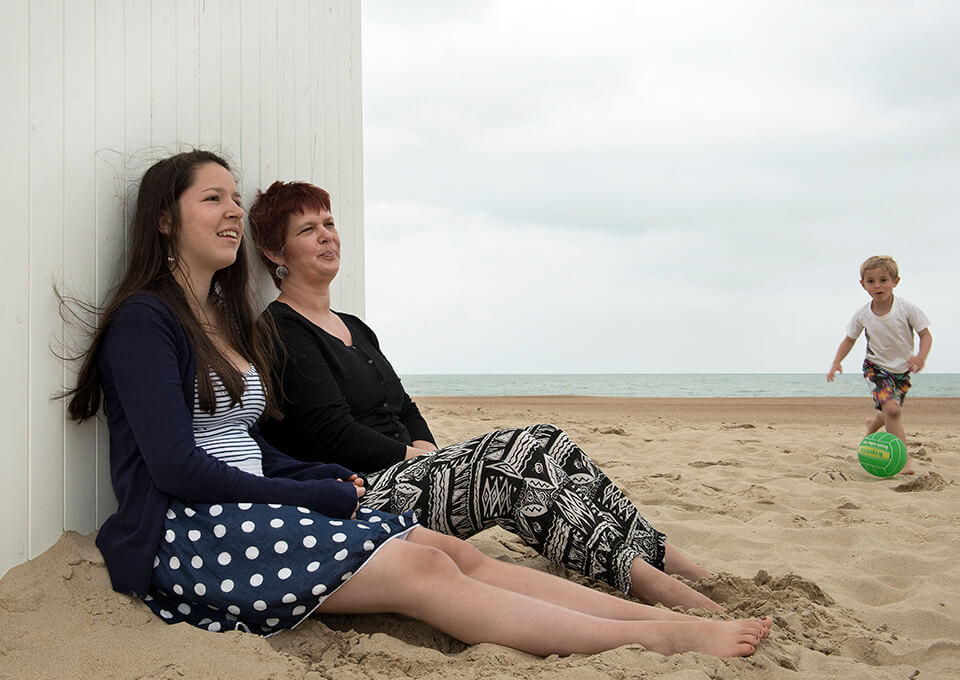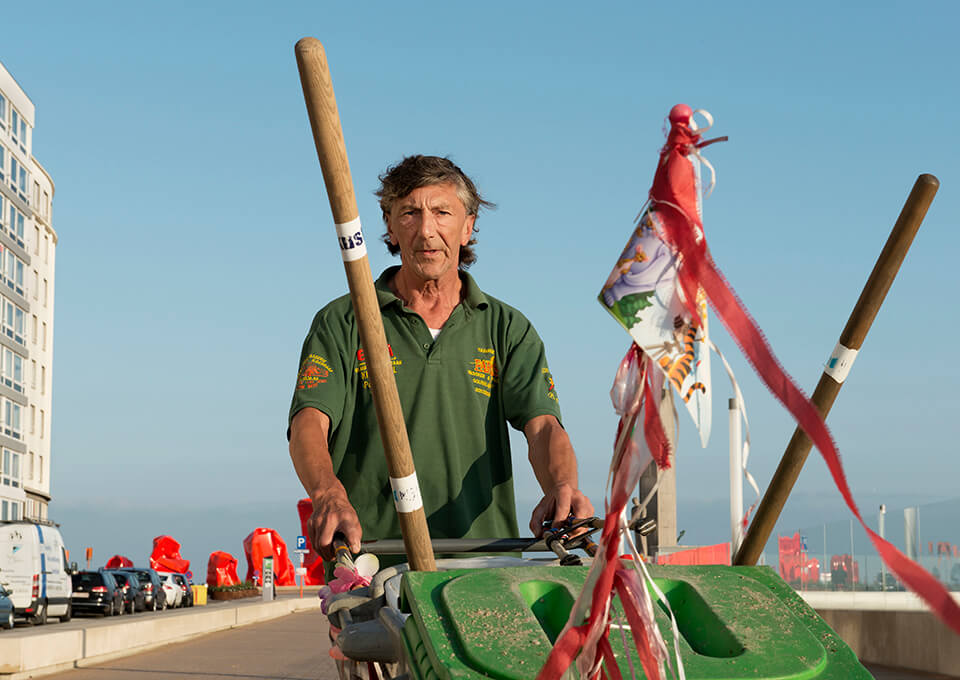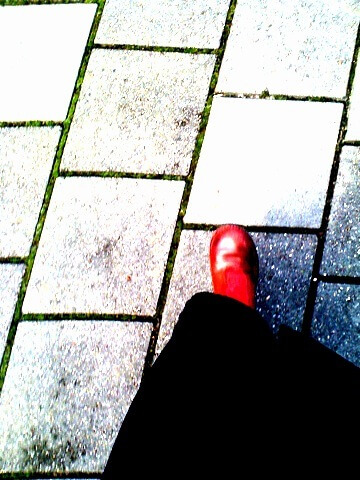One by one, the shrimp cutters appear within our view, at a slow pace. Behind them the sun showers Ostend’s lighthouse, the Lange Nelle with its first rays. It is not quite 6 o’clock in the morning. Luc Bogaert, captain of the Dini stands on the quay, to unload the cargo.

It is quiet on the Visserskaai (Fisherman’s Quai). It is just as quiet in the bars across the street.
Handfull of fishermen
By the time the city wakes up, Luc will have delivered his catch to the restaurants, his daughter will be selling fresh shrimps in the second stand to the right and the crew will be stumbling towards their beds. Around five, while beer is tapped nonstop in the cafés, a new 12 hour shift will start for the men.
The six boats will go to sea, past the Weststaketsel in the opposite direction.
Casino
For a very long time, Ostend was just that: A handful of fishermen and their boats, until king Leopold I decided to establish his summer residence there. Villa’s, racetracks and a casino followed in his wake.
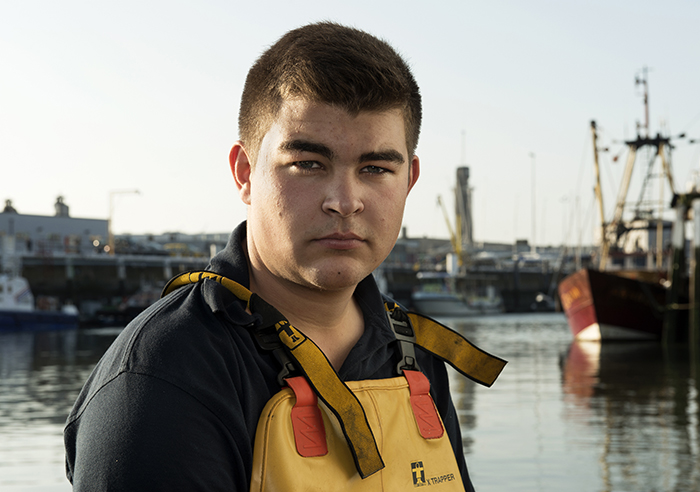
The artists Pemeke and Spilliaert immortalised the wild North Sea with their watercolours and their brushes, while writers hurried to do the same on paper. Ostend could have become a bathing resort for the rich, if the railway line from Brussels to the coast had not been build.
Chips and rich
There they hobbled in, the workers, from the capital to the coast, to rinse of the dirt accumulated during the week. While the rich dined with a view on the ocean, the workers nibbled on the sandwiches, they brought with them.

“Actually”, Johan Kerckhof, owner of B&B het Wilgehuis says, “it has always remained the same”. “You can find Chips stands next to museums and fancy restaurants”.
Mu.zee
We arrived the night before. In the living room, anything will do as bookshelves. Tables, the piano and most chairs serve as mini libraries. He pushes aside a book titled Sex above fifty, in an accurate assessment that we are too young and places books about Ostend on the table.
They are about the artists of the city after whom he has named his rooms, about expositions in Mu.zee and about the many restaurants.
Best port
He is a sailor and has travelled around the world. “Ostend has the best port”. “Veere, Vlissingen” he says referring to our northern accents, “are beautiful as well, but after ten o’clock you can walk around naked. Here it always buzzes with life, even at night”.

When we hop on our bikes the next morning to watch the ships come in, there are not many signs buzzing life. We ride to the sea through sleepy streets and past dark houses.
A l’Ostendaise
Lucas is a fifth generation fisherman, but a sixth generation is far from ensured. He shrugs and points towards the horizon. There are big ships out there, emptying the ocean of its fish, 24 hours a day.
The small boats are no match for the big ones. As a result, together with Ostend’s Tourism Board and The society for Sustainable Fishing, they have created ’ A l’Ostendaise’, a culinary project. Their device is From catch to Plate and is a challenge to the chefs, to prepare lesser known fish and to introduce the public to other species, thus preventing overfishing.
Ostend’s perfume
What is an unknown species? Luc points out a jack mackerel caught by the shrimp cutter. In our eyes, it is a simple silver fish. “In the Netherlands and in Belgium we still don’t get a good price for them. In France they have since long discovered how good they taste. There they are worth ten times the price we get for them here”.
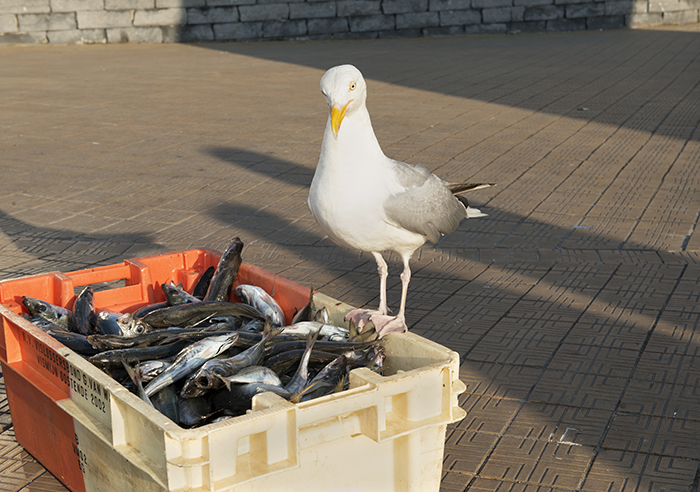
Apparently the Flemish seagulls know it as well, because one of them snatches a mackerel from the box, as soon as it is hoisted on the quay. Because it is too early for fish, we mount our bikes for a trip along the sea. Let’s see if we can capture Ostend’s Perfume as described by the painter Ensor.
Painter Ensor
“Swarming tourists, the sound of the ocean, the busy harbour, the light shining over Ostend roofs and the undeniable smell of my city. Ostend’s perfume”.
As soon as we turn left at the end of the quay, we stumble upon the Monument for Seamen. The fisherman and the pisser, as it is called by the locals. In front of us lies the North Sea.
Beyond the horizon lies Ramsgate. Marx and Engels left from here to go to England with their manifest in the making. Mark Twain, James Joyce and Einstein, all passed through Ostend on their way to the other side of the channel.
Rock Strangers
Artist Arne Quinze created Rock Strangers, flashy orange-red blocks that block our path, especially for people like the Van Nimwegens. They don’t really fit in the environment.
This is exactly what the artist wants. What happens when strangers enter your space?

Those like Hugo Claus, who wrote his first novel there and learned to box and to bet? What does one do? Does one embrace them? What about the addict Marvin Gaye, who kicked his habit there and offered his big hit, Sexual Healing to the city?
Marvin Gaye
The sun rises and has crawled above the lighthouse by now. The first bars on the boulevard are opening their doors. Chairs scrape the terrace floors noisily.
It won’t be long before the place is crawling with children on their skelter, dog owners and teenagers stealing kisses along the railings. On the beach, the striped seats of the reclining chairs merrily puff up in the wind.

Mistress
Southwards we go, in the direction of France. We ride by the Venetian Arcade. Long galleries offer a perfect spot for roller-skating. We pass by a photo exhibition where people follow us with their gaze.
Once there was a secret passage under the Arcade, used by the elderly King Leopold II to visit his mistress Baroness de Vaughan. Apparently, his son had no need for a secret mistress, because he closed the passage after his fathers’ death.
Beach cabins
Nineteenth century bathers were not to be exposed to the public eye either. Across the Arcade there are white wooden beach cabins on wheels that used to be towed to the shore by horses.
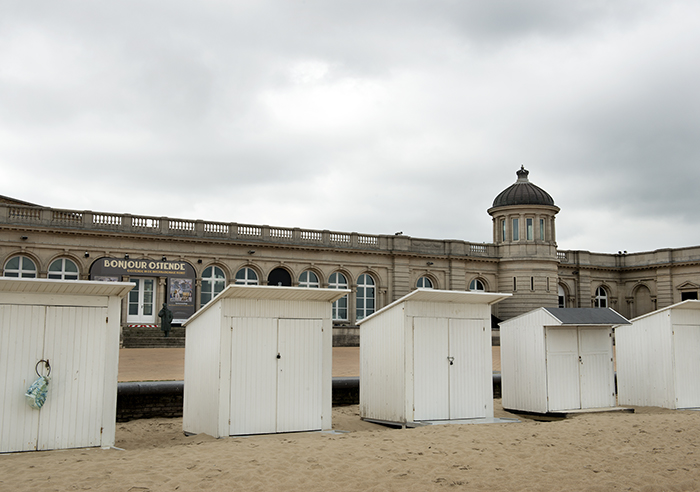
People could change into their swimwear discretely and slip into the ocean. The horses and the wheels have disappeared since, but the white wooden cabins are rebuilt every year after their winter sleep.
The race track is very quiet. We decide to leave the coast to ride behind the dunes. A small chapel in front of the natural resort Raversijde is our first stop. Burning candles and pictures of children, dogs and granny’s tell the stories of the loss of loved ones.
Fisherman’s Village
We now enter a swampy area: Walraversijde, once a fisherman’s village. Four of the cottages have been restored in order to remind us of what Luc’s ancestors’ life used to be like. A bit further lies the German Atlantikwall, 60 bunkers and secret passages, build to stop an attack by the allied forces.
Our stomachs are growling, so we decide to try out one of the unknown species on an unknown spot: the Oosteroever (eastern shore), a beautiful natural and industrial site in one, with wooden dry docks and decayed ship hangars.
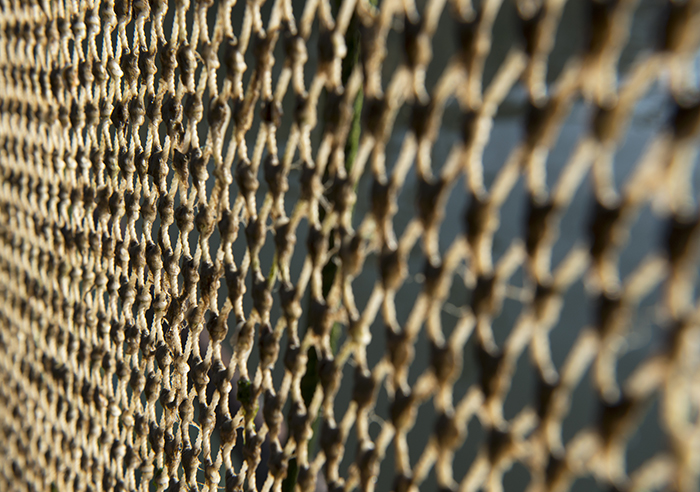
Just as much as the Germans feared the allies and build the defences along the coast, so did Napoleon fear the English. He build Fort Napoleon. The Germans conquered it gratefully in two wars. Now it is a museum with a fish restaurant, housed in whitewashed vaulted corridors.
The ideal place for a unknown fish. We are seated on the outside terrace. On our left the lighthouse Nelle and in front of that a two mast sloop. Further out on the ocean the Franlis sails. Hugo Claus often travelled on this ship.
Theo van Gogh
When we order jack mackerel, the waiter disappoints us. They don’t have any. They do have lovely shrimps and the sole is highly recommended. Back with the ferry, we see Luc’s ship ready to leave the harbour. We wave at him. We have a chat with Hugo who is seated next to the Dutch artists.
He travelled around the world too, only to come home to Ostend. “Your director Theo van Gogh was going to make a film about me, but then he died”. Well, this city attracts strange people.
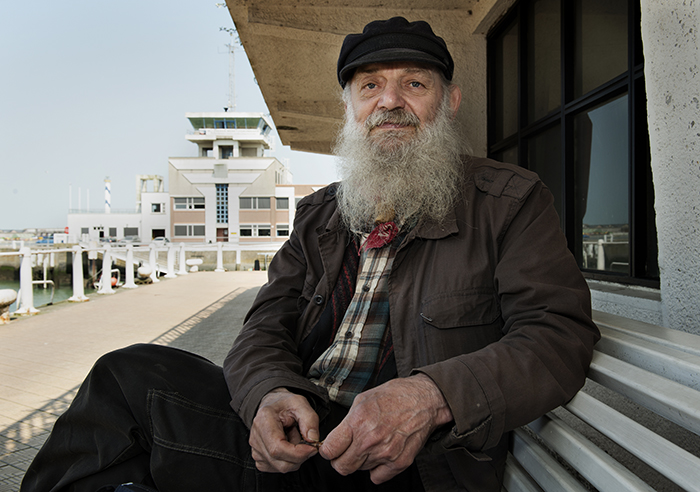
Text: Anneke de Bundel – Images: Nicole Franken
Translation: Adrienne le Brun – Hunkar
This feature came about on the invitation of Toerisme Vlaanderen and won the Belgian Blog Award 2014.
More Oostende? Do read:
Ostend in literature:



